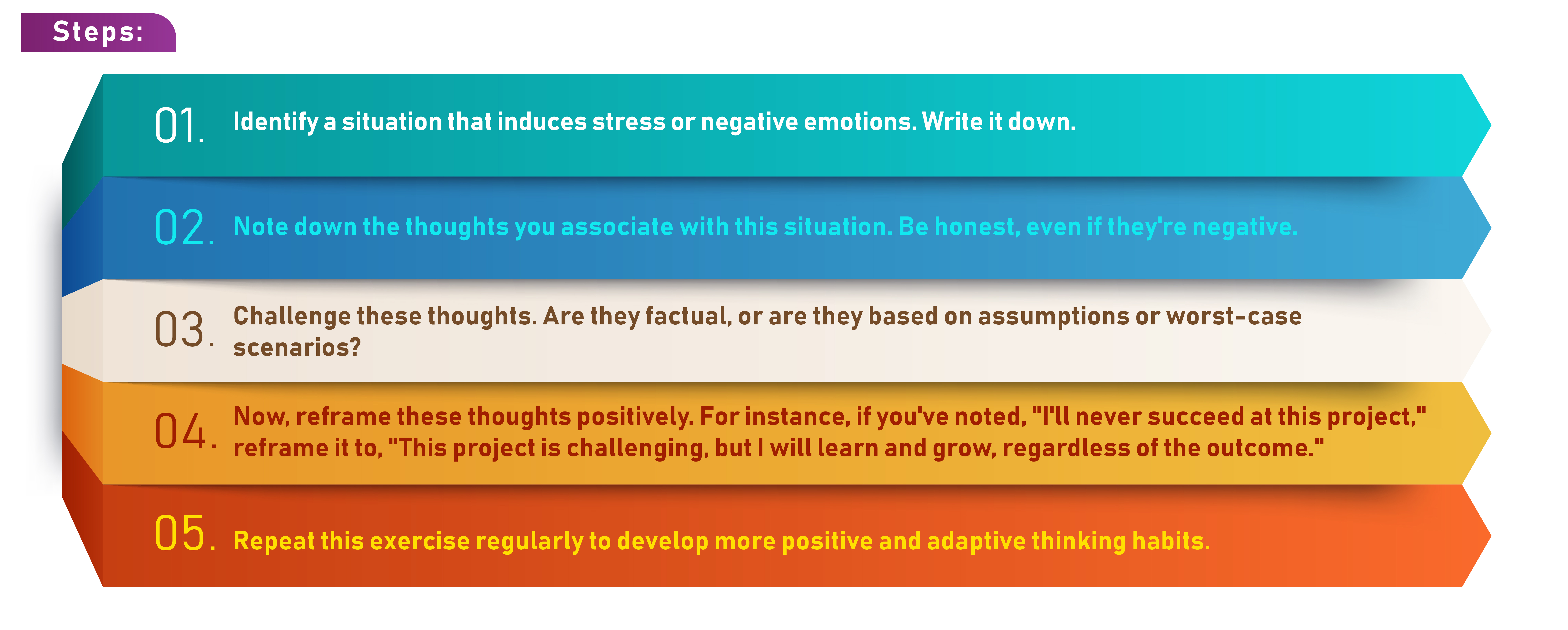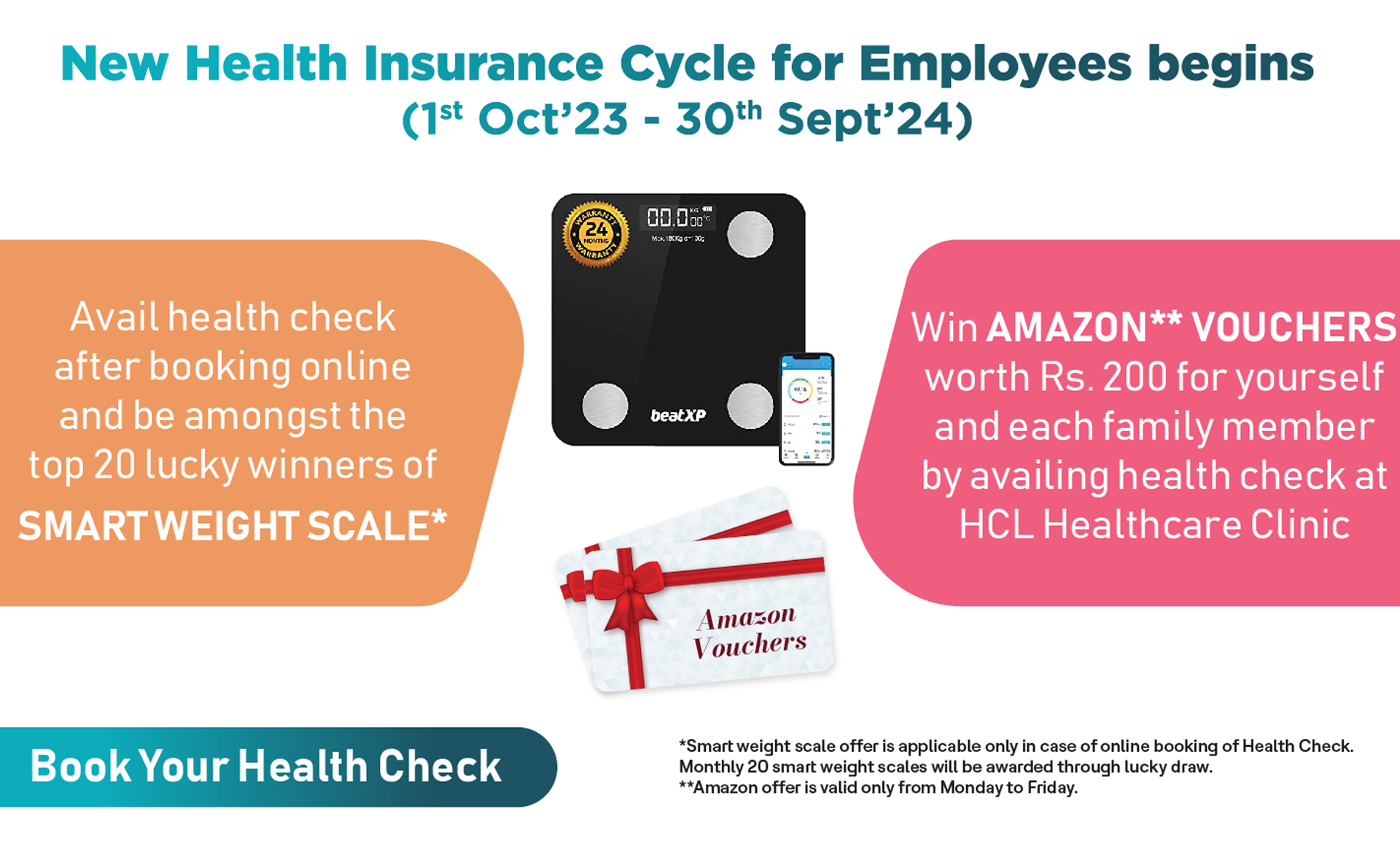Caught in a ceaseless cycle of exhaustion, feeling like you’re just running on empty? You may be facing burn-out, a state of chronic fatigue that blunts life’s vibrancy. This blog acts as your compass, guiding you through this murky terrain.
Spotting the Smoke: Identifying the Warning Signs of Burn-Out
Burn-out, a stealthy thief, quietly saps our energy and motivation, often going unnoticed until it becomes a raging blaze. It emerges from chronic, mismanaged workplace stress, manifesting in subtle signs like constant fatigue, reduced focus, and dwindling enthusiasm.
Emotional indicators may include heightened sensitivity, while physical signs point to a constant state of exhaustion. Cognitive symptoms can include impaired concentration and decision-making. Recognizing these early wisps of smoke is vital to controlling the fire, making it crucial to be vigilant about our mental and physical health.
It’s often said that “where there’s smoke, there’s fire”. When it comes to burn-out, the first wisps of smoke may seem innocuous, but they can quickly grow into an uncontrollable blaze if left unchecked. While everyone experiences burn-out differently, common warning signs to watch out for include:
- Chronic fatigue: You’re feeling tired all the time like you’re “burning the candle at both ends.”
- Insomnia: When sleep refuses to come, despite you being exhausted.
- Forgetfulness: Important details are falling through the cracks, like “losing the plot”.
- Physical symptoms: Headaches, stomachaches, or frequent colds, your body’s way of telling you that you’re under too much stress.
If you’re experiencing these warning signs, it’s time to pay attention to the smoke signals. They’re your body’s way of telling you that you need to slow down before you burn out completely.
Understanding the Impact of Burn-Out on Your Life
Burn-out, like an uncontrolled wildfire, can seep into all areas of your life, stalling your professional growth and straining personal relationships.
At work, it hampers productivity, turning even routine tasks into uphill battles. It leaves you feeling drained, hampering your ability to engage and enjoy personal relationships. Over time, the joy derived from hobbies and accomplishments wanes, casting a shadow over your overall life satisfaction.
Understanding the expansive impact of burn-out is essential, not only to recognize the seriousness of this condition but also to inspire proactive steps towards healing and recovery.
Effective Interventions for Battling Burn-Out
If you’re feeling the heat, it’s time to douse the flames with some effective burn-out interventions.
1. Re-evaluate Priorities: It’s easy to lose sight of what’s truly important, especially when you’re knee-deep in work and responsibilities. However, think of it as “separating the wheat from the chaff”. What are the things that truly enrich your life and align with your values?
What are the tasks and obligations that drain you without providing substantial returns? Discarding what doesn’t serve you and focusing on what does, is the first step to prevent yourself from “spreading too thin”.
2. Set Boundaries: The importance of setting boundaries cannot be overstated. As Henry Cloud, a clinical psychologist, wisely noted, “Boundaries define us. They define what is me and what is not me.” Establish clear boundaries between work and personal life.
Don’t bring work home, resist the urge to check your work emails after hours, and learn to say no when your plate is full. Remember, you’re not a superhero and it’s okay not to “burn the candle at both ends”.
3. Practice Self-Care: Self-care is not about “papering over the cracks” but building a solid foundation of wellness that supports your overall health and well-being.
This involves three critical elements: regular physical activity to release pent-up stress, a balanced diet to nourish your body, and adequate sleep to provide your mind and body with the rest they need to function optimally. Think of self-care as the fuel that keeps your engine running smoothly.
4. Seek Support: Dealing with burnout can be a lonely experience, but you don’t have to “go it alone”. Reach out to supportive friends and family, join a support group, or seek professional help from a mental health expert.
As research professor Dr. Brene Brown says, “Vulnerability is not winning or losing; it’s having the courage to show up and be seen when we have no control over the outcome.” There’s strength in seeking help, and it can be the lifeline you need when struggling with burn-out.
5. Mindfulness and Relaxation Techniques: Incorporating mindfulness and relaxation practices into your daily routine can serve as “a breath of fresh air”, helping to mitigate the symptoms of burn-out.
Techniques such as yoga, meditation, and deep breathing can help reduce stress, increase your sense of well-being, and enhance your resilience to life’s stressors. These techniques are not about escaping reality but rather equipping you with tools to better navigate the challenges life throws your way.
6. Rekindle Your Passions: Engaging in activities that you’re passionate about can act as a natural “pick-me-up” and remind you of the joys life can offer beyond the daily grind. It might be a forgotten hobby, a side project you’ve been wanting to start, or a social cause you care about.
Doing something you love can rekindle your passion, provide a sense of accomplishment, and serve as a powerful antidote to the monotony that often fuels burnout.
7. Take a Break: Sometimes, you just need to hit the pause button and take a breather. Consider it as taking “a step back to leap forward”. Short, regular breaks during your workday can help maintain your energy and focus.
Use your vacation days for rest and rejuvenation, not just for tackling your growing list of household chores. If the situation allows, consider taking a longer sabbatical. This break from routine can provide valuable perspective and help you return with renewed vigor and enthusiasm.
Conclusion
Burn-out needn’t consume your life. By recognizing its signs and implementing effective strategies, you can extinguish these flames, reclaim your vitality, and restore balance. Remember, it’s time to thrive, not just survive.
Frequently Asked Questions
1. What is burnout and how is it different from regular stress?
Burn-out is a state of chronic physical and emotional exhaustion, often accompanied by cynicism and detachment, resulting from prolonged and excessive stress. Unlike regular stress, which can lead to over-engagement, burnout manifests in disengagement, a lack of energy, and reduced productivity.
2. Is burnout a medical condition?
While burn-out itself is not classified as a medical condition, in 2019 the World Health Organization included it in the 11th Revision of the International Classification of Diseases (ICD-11) as an occupational phenomenon. It can lead to several physical and mental health issues if not addressed.
3. As a manager, how can I prevent burnout within my team?
Proactively cultivating a healthy work environment is key. Encourage work-life balance, recognize employees’ efforts, provide opportunities for professional growth, and ensure workload is manageable and fair. Open communication about stress and well-being can also help in the early detection and prevention of burnout.
4. I’m a high-performing professional. Am I at risk of burnout?
Yes, high-performing individuals can be at greater risk, as they often have high standards and responsibilities, work longer hours, and may struggle to balance work and personal life. Recognizing this risk is the first step toward prevention.
5. Can taking a vacation cure burnout?
While vacations can provide a short-term respite from stressors contributing to burnout, they aren’t a complete solution. Addressing burnout effectively often requires fundamental changes in your work habits, environment, and lifestyle.













